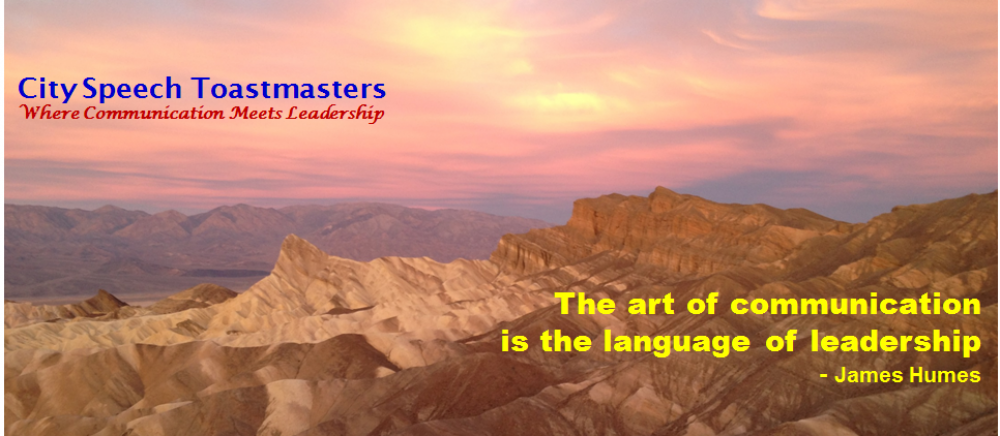By Luz Flores
International Women’s Day (March 8) is celebrated globally to recognize the social, economic, cultural, and political achievements of women. On Monday, March 8 this year, I had the privilege of taking part in these celebrations.
A week earlier, I got a call from a high school friend of mine, inviting me to participate in a virtual event organized for this occasion by the SUMA Inmobilarias Association in Mexico. I was to be on a panel of women. The panel discussion would be in Spanish and would be shared live on Facebook and YouTube.
I was really nervous to participate, but said yes to my friend. Toastmasters gave me the confidence that I could do a good job. I needed to prepare my responses to questions that will be asked during the panel discussion. I received the questions Saturday evening, just two days prior to the live event. With very little time to practice, I reviewed my Pathways Level 5 project to prepare for it. That only helped me prepare for the introduction and conclusion well. The actual questions would be asked at random and needed to be answered on the spot. This is where the Table Topics practice during our Toastmasters meetings comes to the rescue.
When the event time arrived on Monday, I was nervous, but ready. I met the rest of the panelists as they were being introduced. We were 7 women: an architect, a public notary, a public accountant, a business administrator, a lawyer, a real estate agent, and me, an engineer. Impromptu speaking became the norm during the discussion. Some questions were modified and adjusted on the spot. Some conversations needed to be continued from panelist to panelist as continued comments. Table topics is so important. You always have to be ready to speak!
Some of the questions addressed: challenges as a woman in our careers; problems in our professional life; balancing our life as a mother, professional, wife, and daughter; status of women today; what it means to be successful; advice to other women; and our current and future professional projects.
I understood from my mom and my husband that I did do a good job. In typical Toastmasters style, I also learned of some areas of opportunities to improve. My high school friend was really happy with the event and my participation. I was happy and relieved after the event!
I felt the support of both City Speech Toastmasters and Word Warriors Club (my home club when I lived in Mexico) as I experienced the event. Thank you all for helping me by way of helping each other to improve and grow as communicators and leaders.



